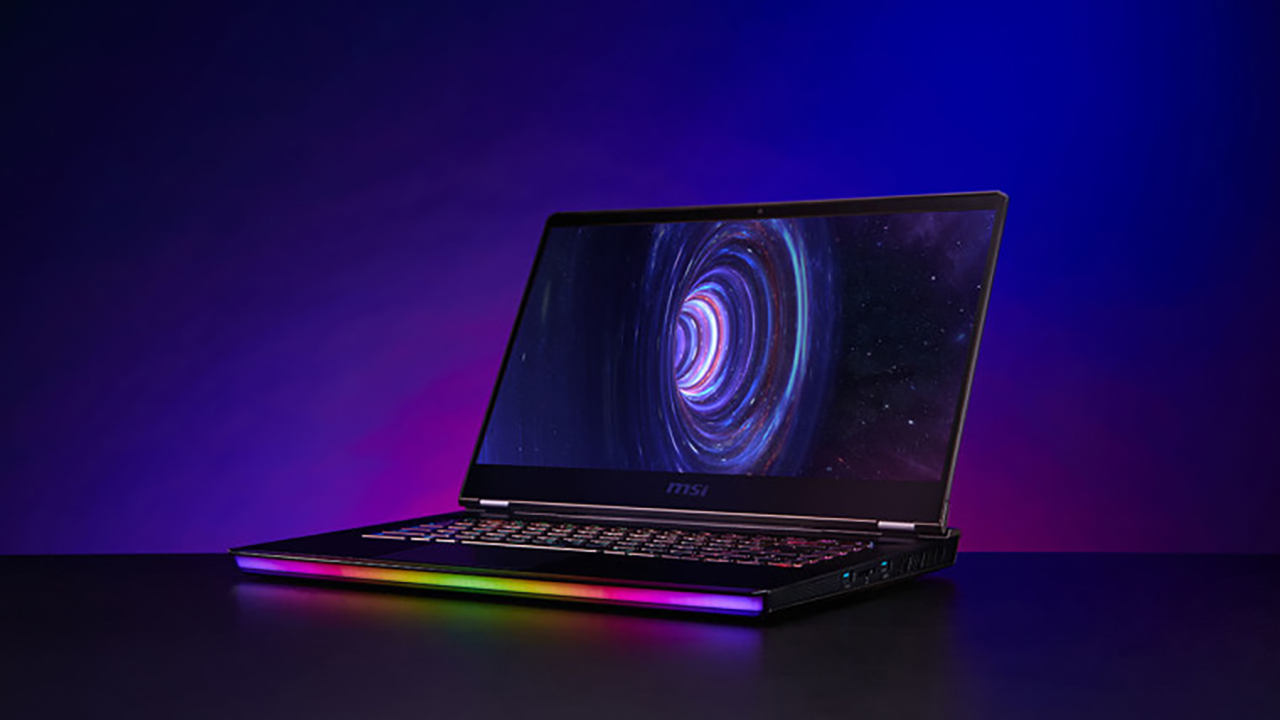Gaming notebooks on shields: Demand in EMEA regions will continue to be strong
Source: HW Upgrade added 14th Dec 2020
Sales of PC systems designed for gaming in EMEA regions, with positive quarterly rates of at least 25%. Consumer preferences are increasingly going towards notebooks at the expense of desktops
by Paolo Corsini published on 14 December 2020 , at 08: 21 in the Systems channel
Demand for systems for gamers , both desktop and notebook, continues to remain strong in EMEA regions. IDC highlights this in its most recent analysis, reporting as during the third quarter 2020 sales increased by 29, 7% reaching 2.4 million systems.
However, the growth is not destined to end now : for the fourth and last quarter of the dl 2020 the estimates foresee a leap forward of 25, 1% in sales, with a figure of + 27, 2% which will continue to register during the first 3 months of next year. Subsequently, demand will tend to stabilize, albeit with constant growth that will lead to the sale of approximately 9.4 million gaming systems in the region for 2024 with a average annual sales growth rate of 2.2% from 2020 to 2024 .
Between notebooks and desktops are the first ones that registered the most significant market demand , well evidenced by the trend in the western European regions. During the fourth quarter 2020 it is estimated that the sales of gaming notebooks will increase by 41% compared to those of the corresponding period last year, while the growth of desktop systems will be more limited overall with an annual + 7.8%.
The demand for gaming systems is obviously linked to the dynamics put in place by the global pandemic ; that of gaming notebooks, in particular, from the desire to offer solutions that can adapt to both entertainment and productivity for those who are forced to spend most of their time inside the home.
IDC estimates for 2020 that the market share of notebook gaming systems will be equal to 62, 5% , up to 72, 2% in 2024. From this an average annual rate of growth in sales volumes that will touch 5.9%, against a contraction of desktop systems expected to be -5.2%.
